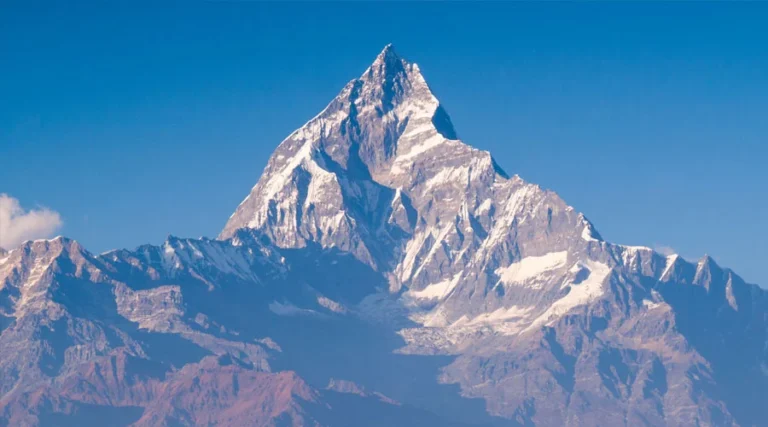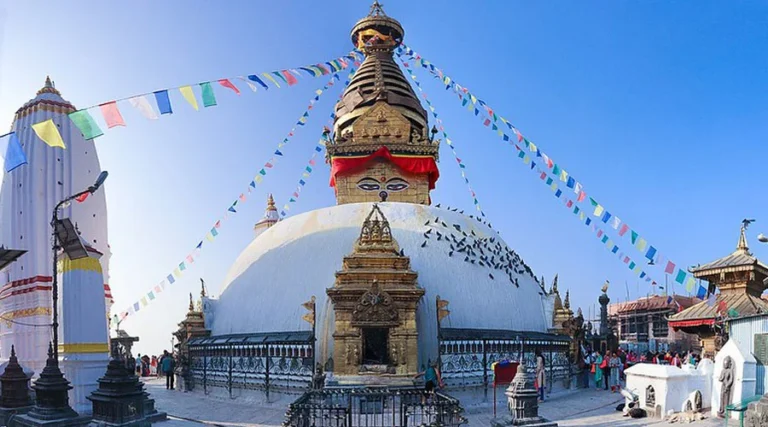
Introduction
When answering the question- what Everest Base Camp Looks like- the first thing one needs to know is where it is situated.
Everest Base Camp is situated at the foot of the tallest of all-The Mount Everest. It is a pivotal point for mountaineers heading on the arduous journey to conquer the world’s highest peak. Situated in both Nepal and Tibet, this remote and extreme location serves as an important resting and acclimatizing spot for climbers before they commence their daring ascent. The attraction of Everest Base Camp lies in its unmatched natural beauty and the remarkable challenge it holds to those who endeavor to reach its hallowed grounds.
Trekking to Everest Base Camp is like taking on the ultimate adventure challenge. Every year, thousands of brave souls make the journey, testing their strength and courage. The remote location and high altitude of the base camp add to the thrill and the fear of the experience.
Thus, Everest Base Camp is like a symbol of human determination which is set against the backdrop of beautiful nature. It holds a special place in the world of mountain climbing, attracting adventurers from all corners of the world who seek to challenge themselves in the middle of the majestic surroundings of the Himalayas.
Table of Contents
The Majestic Surroundings to understand what Everest Base Camp Looks Like
Imagine being in a place like no other, with the raw beauty of the majestic towering peaks of the Himalayas. That’s Everest Base Camp for you. The answer to what Everest Base Camp Looks like- you can say that the beauty of this place is simply superlative, with its extraordinary views and vast glaciers that surely take your breath away.
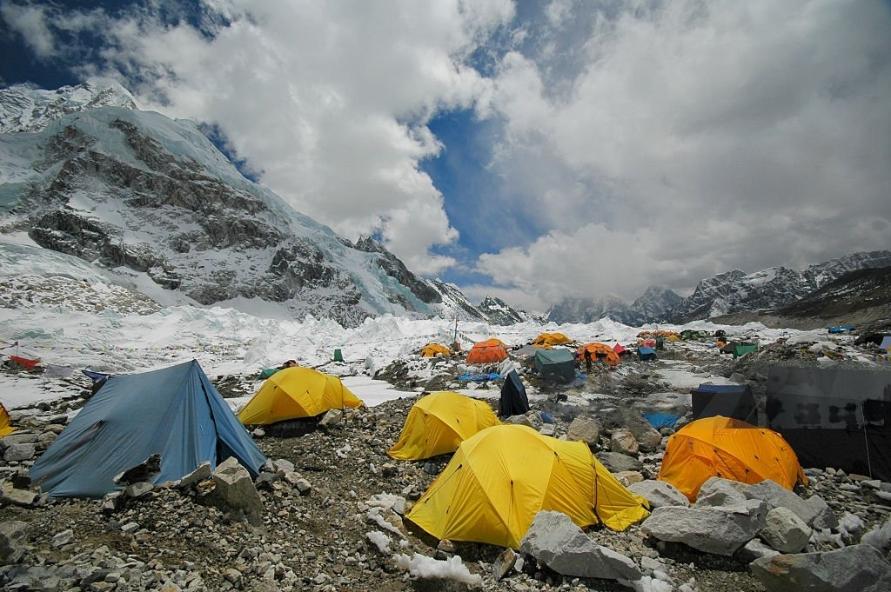
Khumbu Glacier Rocks
As you approach the iconic Everest Base Camp, you will still wonder the answer to what Everest Base Camp Looks like. However, you will be struck by the vast field of rocks that form the Khumbu Glacier. These aged stones have been shaped by nature’s enduring forces across many many years. If only they could talk, they might share tales of ancient glaciers carving through the towering Himalayan peaks, and of brave climbers who have journeyed here seeking to conquer the world’s highest peak.
As you navigate this rocky terrain, pause to admire the power and beauty of the natural forces that have crafted this incredible sight. Each weathered stone is a tribute to the timeless beauty and relentless power of the Himalayas.
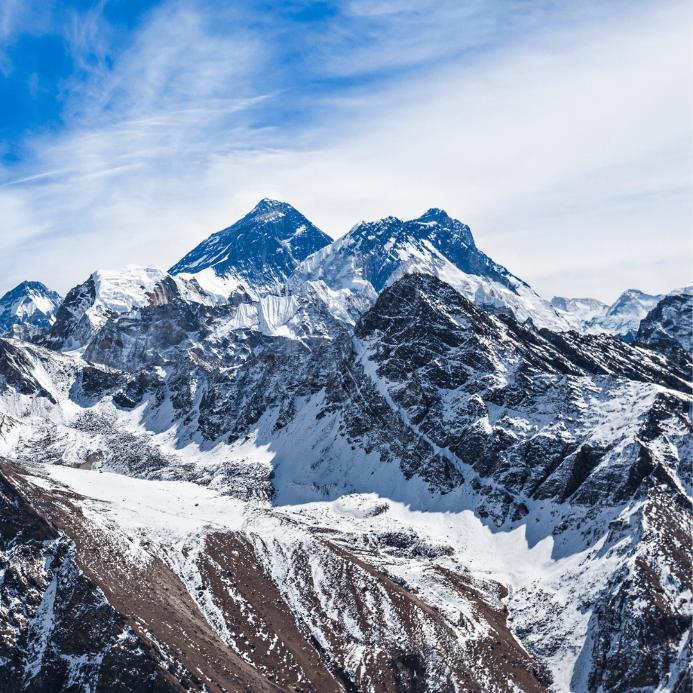
Towering Peaks
When you’re at Everest Base Camp, then you will know what Everest Base Camp looks like. The first thing you will notice are the gigantic mountains all around you. These towering peaks seem to reach up towards the sky, dwarfing everything below.
The most famous of these mountains is of course Mount Everest itself. Its iconic pyramid shape stands tall, earning it the name “Goddess Mother of the World.” But Everest is not alone – it’s surrounded by other massive mountains like Nuptse, Lhotse, and Changtse, each one over 7,000 meters (23,000 feet) high.
Looking up at these giant peaks, you can’t help but feel tiny in comparison.
Tranquil Atmosphere
Personal anecdotes from trekkers often speak of what Everest Base Camp Looks Like. When you arrive at Everest Base Camp, you’ll notice a sense of calm and tranquility in the air. The noise and busyness of the trek fades away, and everything just feels peaceful and serene.
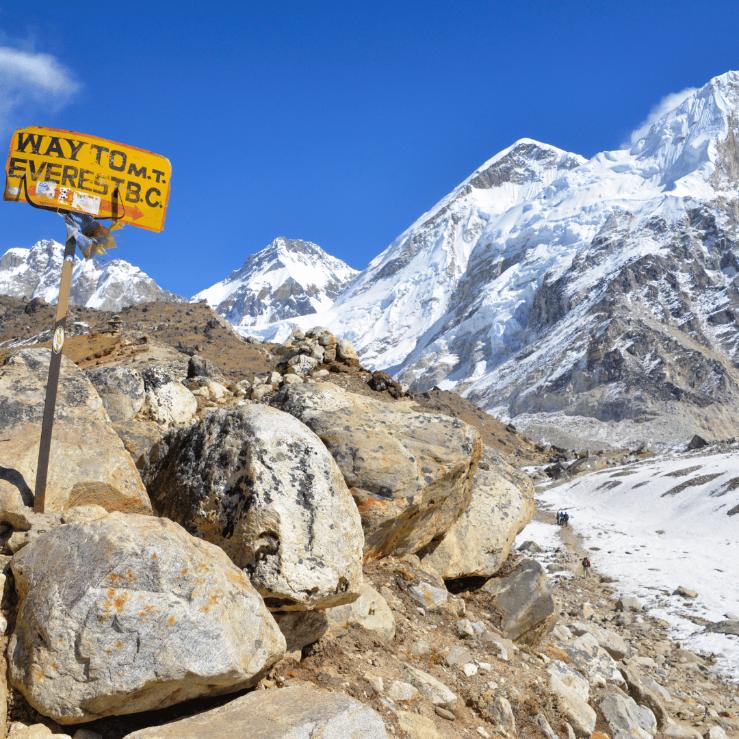
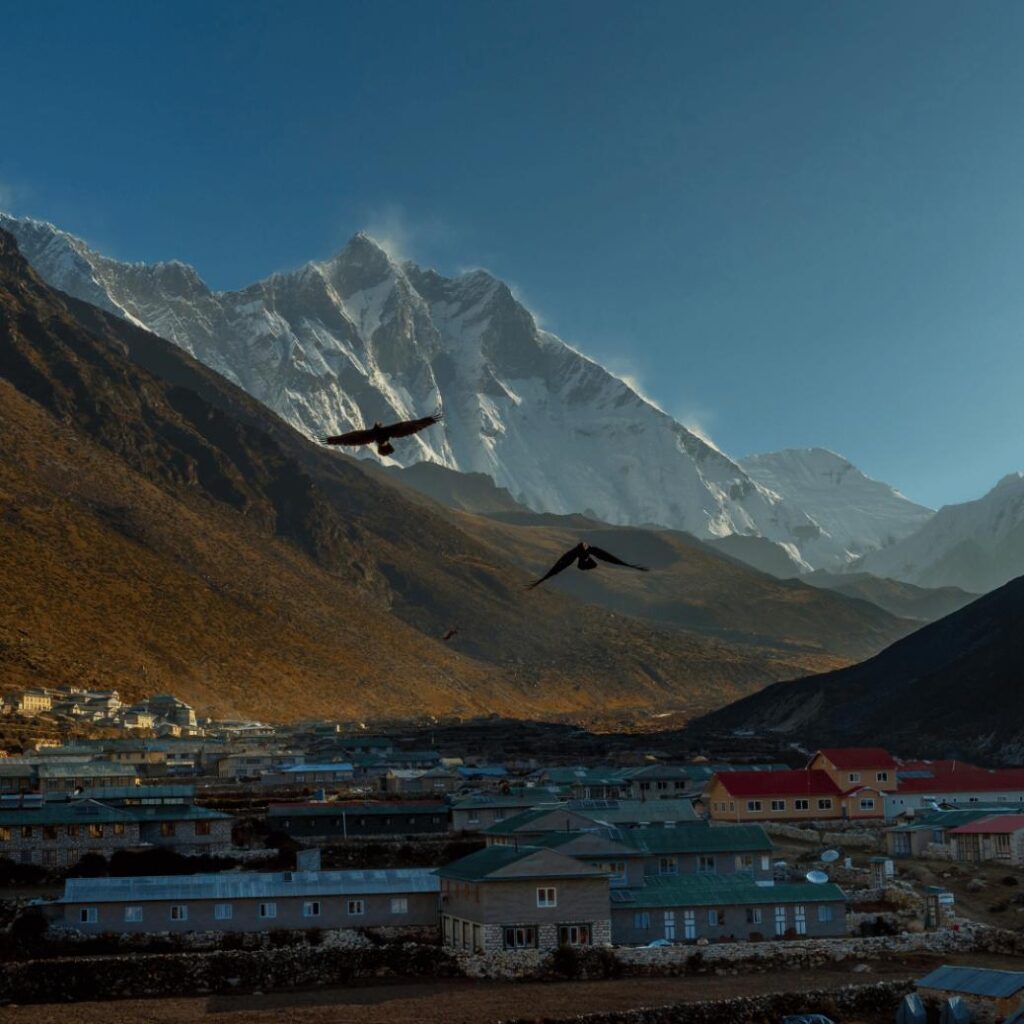
The towering mountain peaks that surround the base camp stand tall and silent, like guardians watching over the camp. The sunlight has a soft, gentle glow, and even the sounds of the camp – people talking, boots crunching on the ground, prayer flags fluttering – seem hushed and muted.
Physical Structures and Camp Layout
Challenges of High Altitude Environment
When talking about how and what Everest Base Camp Looks like, at the very camp, trekkers face the daunting challenge of acclimating to the high altitude, which sits at a scary 17,500 feet so it might look a bit scary. The low oxygen levels at this elevation can lead to altitude sickness. This can present symptoms such as dizziness, nausea, and fatigue. Trekkers must be very mindful of their physical condition and take necessary precautions to prevent altitude-related complications in such remote places in the world.
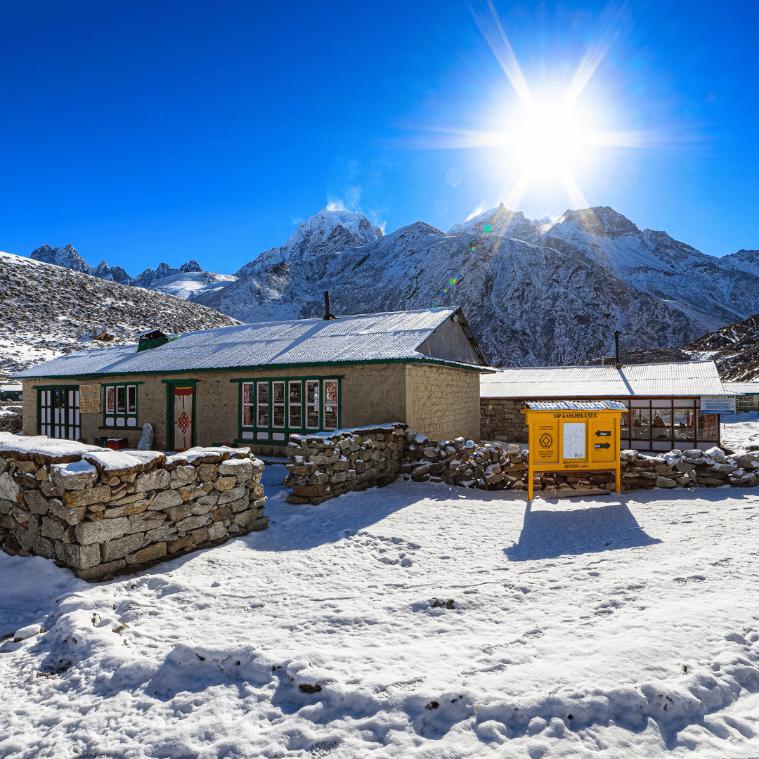
Accommodations for Trekkers
Accommodations at Everest Base Camp vary to cater to the diverse requirements and needs of trekkers. From basic tea houses offering simple amenities to more comfortable lodges with additional facilities, trekkers can choose accommodations that suit their preferences. While basic tea houses provide essential shelter and meals, more comfortable lodges offer amenities such as warmer bedding and better sanitation facilities.
By offering a range of accommodations, Everest Base Camp ensures that trekkers have options that align with their comfort levels and budget constraints. This diversity in lodging options enhances the overall trekking experience and allows individuals to get their stay according to their specific needs.


Natural Beauty and Scenery
When talking about what Everest Base Camp Looks like, trekkers not only experience the thrill of reaching such a remote and extreme location, but they are also treated to breathtaking natural beauty and scenery.
Here are some key points to consider:
Culinary Offerings
Despite its remote location, Everest Base Camp offers a surprising variety of culinary options. Trekkers can have both local Nepali dishes and international fare. Teahouses and lodges provide meals that cater to different dietary preferences and restrictions. From traditional dal bhat (rice with lentil soup) to momos (dumplings) and Sherpa stew, there is something for everyone to enjoy. The warm meals served in these establishments provide much-needed sustenance and comfort after long days and days of trekking.
Limited Medical Facilities
When talking about what Everest Base Camp Looks like, it seems a very remote places and one may feel that they are very far away to a place of unreachable. So, it being the fact, it is essential for trekkers to be aware that medical facilities at Everest Base Camp are limited. While there are medical clinics available, they may not have all the necessary resources or equipment for comprehensive treatment.
It is thus, important for trekkers to come prepared with a comprehensive first aid kit that includes basic medications for common ailments such as headaches, colds, and stomach issues. Additionally, it is advisable to have travel insurance that covers emergency evacuation in case of unfortunate cases of severe illnesses or injuries.
Fresh Produce Delivery
Despite being located in a challenging environment, Everest Base Camp manages to receive fresh produce through various means. Yaks, helicopters, and jeeps are used to transport fresh fruits and vegetables to the base camp. This ensures that trekkers can still enjoy some nutritious and refreshing foods during their stay.
The culinary offerings at Everest Base Camp provide trekkers with a taste of the local culture while also catering to their diverse preferences. However, it is important to remember the limited medical facilities on site and take necessary precautions by carrying a comprehensive first aid kit. Lastly, the ability to deliver fresh produce to such a remote location showcases the determination and resourcefulness of the people involved in supporting trekkers on their Everest Base Camp journey.
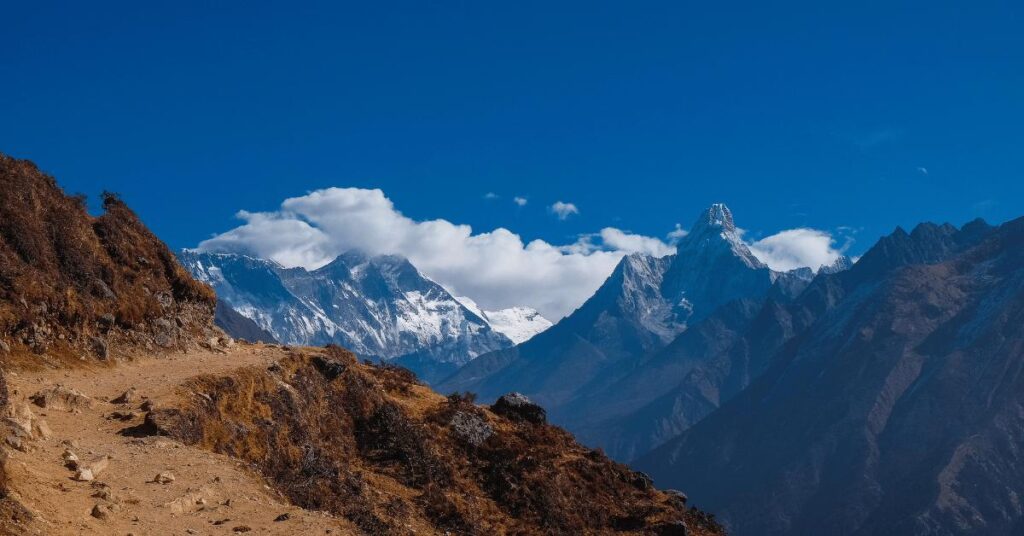

Climate and Weather Conditions
When it comes to trekking to Everest Base Camp, understanding the climate and weather conditions is another very important thing. As these factors can greatly impact the overall experience and success of the journey.
Here are some key points to consider:
Trekking Season
The best time to head on to trek to Everest Base Camp is typically during the spring season, from March to May, and in the autumn season, from late September to December. During these periods, the weather is actually good and stable, with clear skies and moderate temperatures. It is important to avoid the monsoon season (June to August) due to heavy rainfall and poor visibility.
Duration of the Journey
On average, the trek to Everest Base Camp takes around 12-14 days, depending on individual fitness levels and acclimatization needs. This duration includes both the ascent and descent. It is essential to allow enough time for acclimatization at various altitudes along the way to minimize the risk of altitude sickness.
Daily Distances Covered
Throughout the trek, trekkers can expect to cover an average distance of 10-15 kilometers per day. The terrain varies significantly, from dense forests and suspension bridges in lower altitudes to rocky moraines and glaciers as you reach higher elevations. These diverse landscapes definitely are challenging but provide a once-in-a-lifetime view for your journey.
Physical Demands
When talking about what Everest Base Camp Looks like, it will look like a very far away heavenly place. However, the trek to Everest Base Camp is actually physically demanding. It has steep ascents and descents that test the endurance of trekkers. It is important to be prepared both mentally and physically for the challenges ahead. Regular exercise, cardiovascular training, and strength-building exercises can help prepare your body for the rigors of trekking in high-altitude conditions.
Spiritual Atmosphere
So, again when talking about what Everest Base Camp Looks like, it seems a spiritual journey too.
As you make your way towards Everest Base Camp, you will encounter a spiritual atmosphere that is unique to this region. Prayer flags fluttering in the wind and monasteries dotting the landscape create a calm ambiance. Take the time to enjoy the local culture and traditions, and appreciate the spiritual significance of these surroundings.
For more detailed information about this topic please visit:
- National Geographic – Everest Base Camp Daily Life
- Earth Trekkers – Everest Base Camp Trek in 18 Amazing Photos
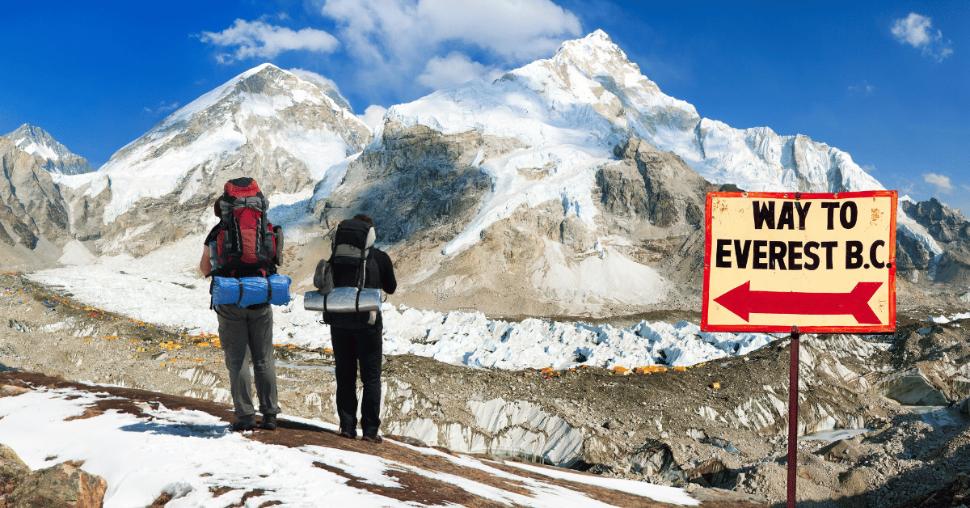
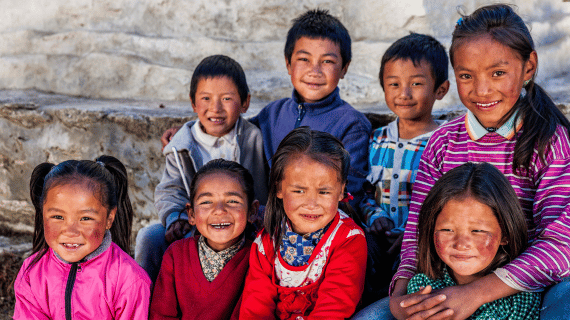
Cultural and Social Aspect
The local Sherpa people, who have called these mountains home for generations, are renowned for their warm hospitality and deep connection to the land. At each teahouse and village you pass through, you will be heartily welcomed with genuine smiles. This openness of locals will offer understanding into their traditional way of life. This will make you understand life at remote placed better- which will indeed make our trekkers feel grateful for the lives we live
Take the time to chat with your Sherpa guides and porters – they are proud custodians of ancient customs and beliefs, and will be really eager to share stories of their mountain heritage. You may even have the opportunity to visit a local monastery, where the rhythmic chanting of Buddhist prayers and the smell of burning incense create an almost ethereal atmosphere.
Observing the rituals and practices of these mountain communities can be a humbling and enlightening experience, offering a window into a world that feels pleasantly untouched by the frenetic pace of modern life.
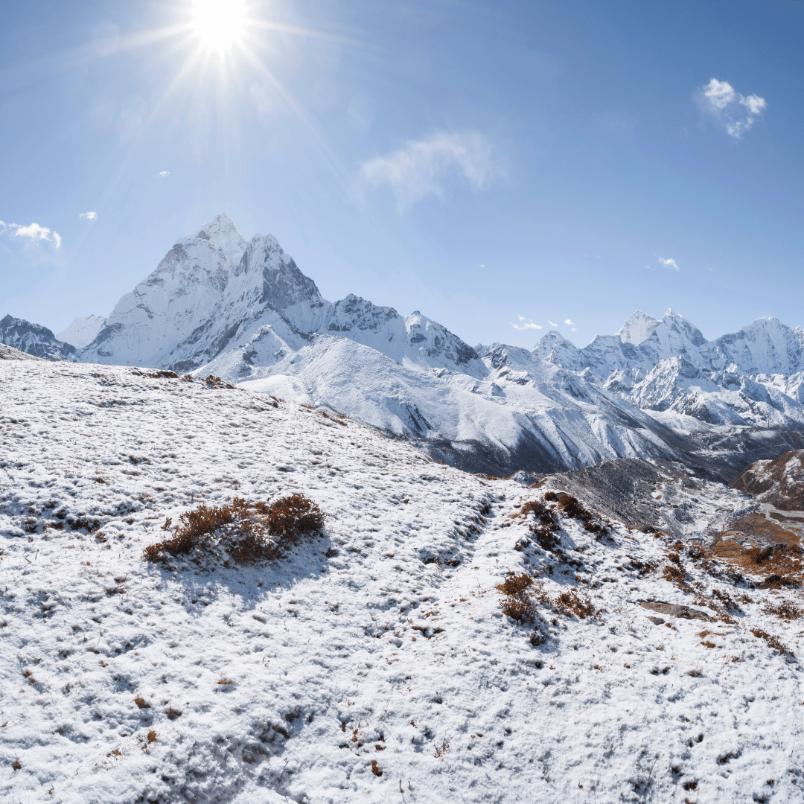
Key Point to Keep in Mind
- Respect for the Environment: Emphasize the importance of deep respect for the fragile mountain environment. Trekkers should be mindful of their impact on the local ecosystem and adhere to sustainable trekking practices throughout their journey.
Safety Measures and Considerations
When going on a trek to Everest Base Camp, it is very important to prioritize safety at all times. The challenging terrain and high altitude environment require careful preparation and adherence to safety measures.
Here are some important considerations to keep in mind:
1. Altitude sickness awareness
Acute Mountain Sickness (AMS) is a common concern when trekking at high altitudes. It is essential to acclimatize properly by spending additional nights at intermediate altitudes and ascending gradually. Recognizing the symptoms of Acute Mountain Sickness, such as headache, nausea, dizziness, and shortness of breath, is crucial in preventing serious complications.
Be assured that those less days of trek packages may seem tempting, but please kindly remember that we need rest days to adjust our body to the elevation. And nothing in this life is more important than life itself. Please be cautious.
2. Hydration and nutrition
Staying hydrated is vital for combating the effects of high altitude. Drink plenty of water throughout the day and avoid excessive caffeine and alcohol consumption. Proper nutrition, including a balanced diet with carbohydrates for energy, will help sustain your trekking stamina.
3. Physical fitness
Trekking to Everest Base Camp requires a good level of physical fitness. Engage in regular exercise and training before your trip to build endurance and strength. Incorporate cardiovascular activities such as hiking, running, or cycling into your routine.
4. Weather conditions
The weather in the Everest region can be unpredictable, so it is essential to stay informed about the forecast before setting out on your trek. Be prepared for sudden changes in temperature, strong winds, and snowfall. Dress in layers and carry appropriate gear to protect yourself from extreme weather conditions.
5. Trekking with a guide or porter
Consider hiring a knowledgeable guide or porter who is familiar with the area and can provide assistance throughout the journey. They can offer valuable insights, ensure your safety, and help carry your belongings, allowing you to focus on enjoying the experience.
6. Equipment and gear
Invest in quality trekking equipment that suits the terrain and climate of Everest Base Camp. This includes sturdy hiking boots, warm clothing, a sleeping bag suitable for cold temperatures, a good-quality backpack, and trekking poles for stability.
7. Respect the environment
Show respect for the fragile mountain environment by practicing responsible trekking. Follow designated trails, please avoid littering, and dispose of waste properly. Respect local customs and traditions, and be mindful of the impact you have on the natural surroundings.
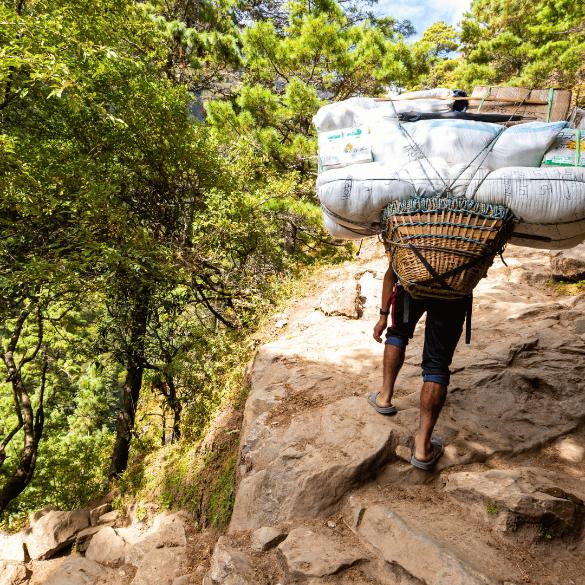
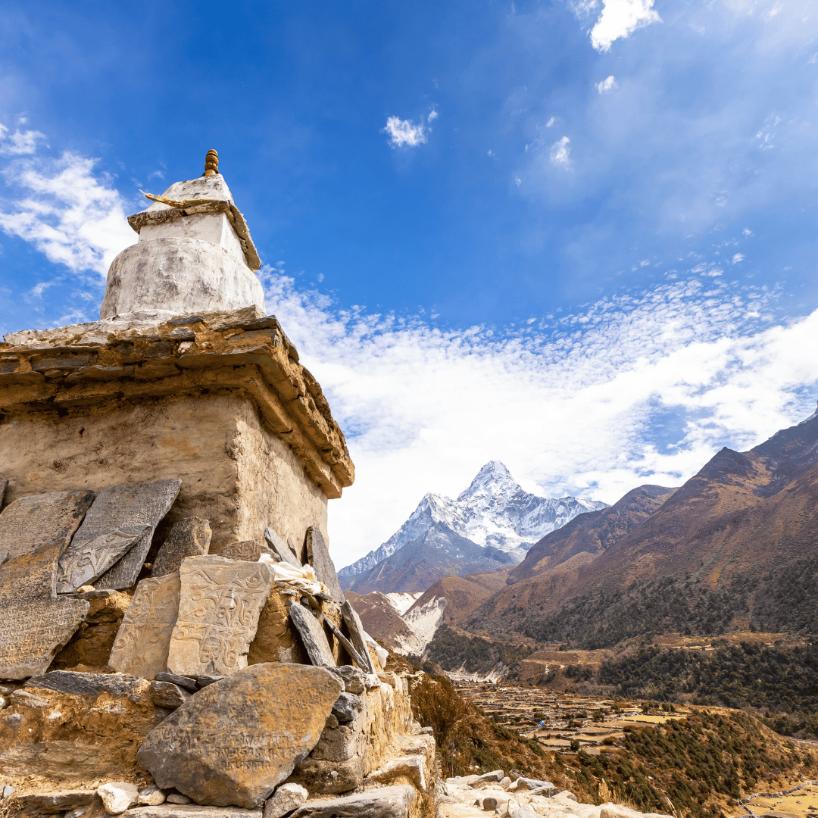

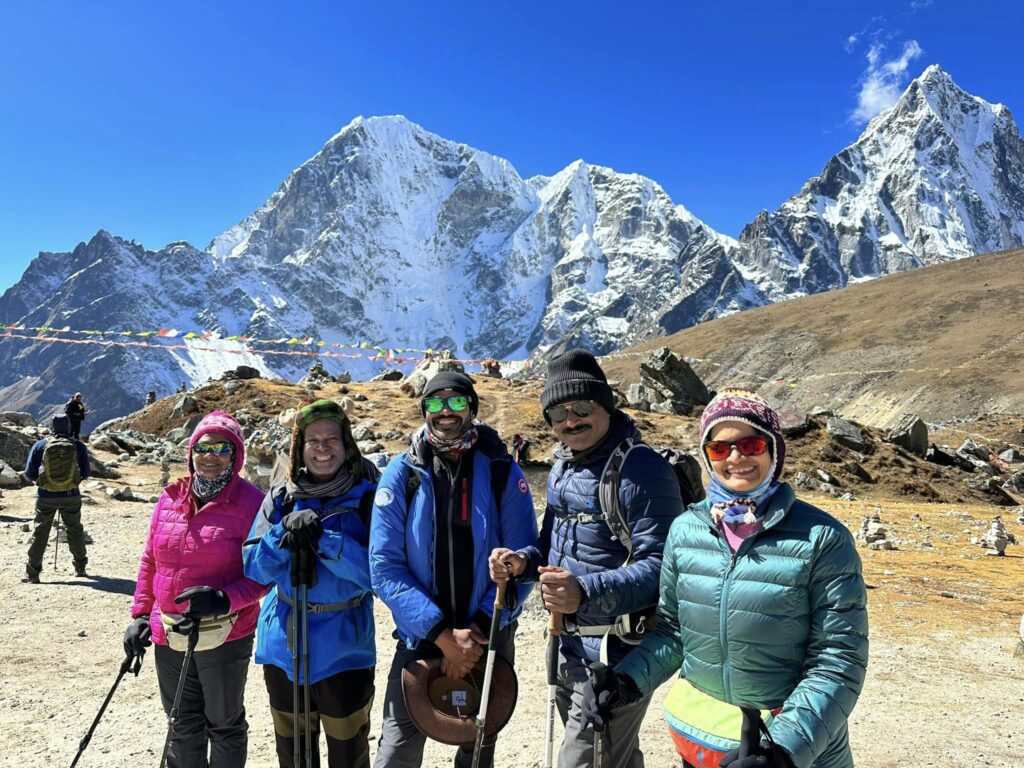
Conclusion
Everest Base Camp is a remarkable destination with its own unique and breathtaking experience. Situated at the foot of Mount Everest, the highest peak in the world, it serves as the starting point for mountaineering expeditions and attracts thousands of trekkers annually. The attraction of this remote and extreme location lies not only in its majestic surroundings but also in the physical and mental challenges it presents.
You may also like
Send an Enquiry
Error: Contact form not found.
© 2025 - Himalayan Trekking and Tours (P) Ltd. All Rights Reserved.


